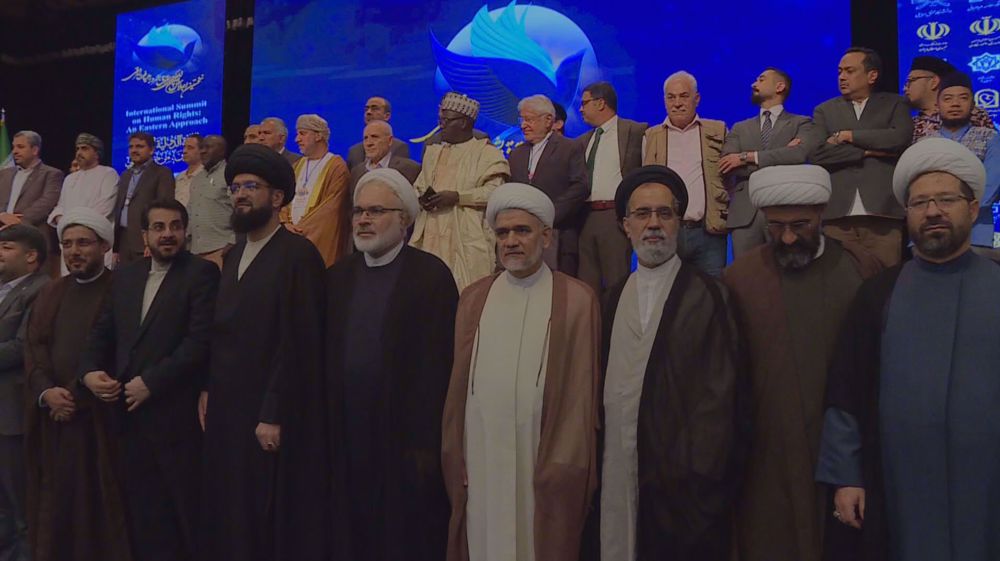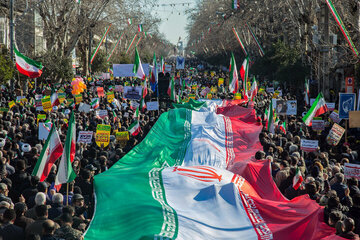Alwaght- Over the past few days, media reports talked about indirect talks between Saudi Arabia and Yemen in the Omani capital Muscat for an agreement that will see the end to the border clashes and airstrikes. Reports note that the two sides intend to embark on trust-building steps, including the unconditional release of 300 prisoners of war including three Saudi soldiers by Yemen’s Ansarullah. Saudi Arabia is said to have plans to ease the five-year-old restrictions on Yemen that will include allowing fuel to move to northern Yemen through the Hudaydah port and preparing the ground for Sana’a international airport to reopen.
Moreover, the UN representative to Yemen crisis Martin Griffiths visited Sana’a for the second time this month after he last week flew to Riyadh and met with the Saudi Deputy Defense Minister Khalid bin Salman. The measures reignite optimism about a Saudi-led Arab war that largely devastated already impoverished Yemen to reinstall the resigned President Abdrabbuh Mansour Hadi.
The heavy-handed deterrence operations launched by Ansarullah that culminated in “Operation Nasr Min Allah” on September 30 in response to the unceasing Saudi aggression beside the UAE withdrawal from the battlegrounds— a pullout leaving the Saudis alone in the face of the Yemeni revolutionary forces and the army— have been effectively persuading the Saudi rulers to seek ceasefire with Yemen to get rid of a widening quagmire.
Still, reports say that the air raids on Yemen cities have continued, met by firm responses by the Yemeni forces who are launching almost regular operations against the Saudis and their mercenaries recruited by the resigned government on the Jizan fronts southeast of Saudi Arabia. The continued strikes make any agreements and negotiations largely fragile.
The failed experience of the Stockholm agreement, which was meant to end the clashes and air operations, demonstrates the Saudi vision on the talks as a process offering a chance to alleviate the foreign pressure and regain military and defense power. This view gives away the Saudi failure to understand the reality that the Yemen crisis has no military solution and continuation of war bears results not better than what Saudi Arabia has so far come up with.
With this reality taken into account, building any sustainable peace in Yemen via negotiations is possible only under providing the following conditions:
1. Withdrawal of the foreign forces from Yemen soil. Ansarullah’s leader Abdul-Malik Baddredin al-Houthi, reacting to a Saudi show of interest in the bilateral halt of attacks, said that any ceasefire should be preceded by the full stop of the Saudi air assaults. Currently, despite Saudi leaders’ claims of intention to enter a peace process with Yemen, the airstrikes have not subsided. Saudi bombers over the past few days repeatedly violated the Hudaydah truce by raining down bombs on civilian and military sites.
2. Starting intra-Yemen talks and stopping support to the fugitive government which not only utterly lacks legitimacy in the north and south of the country but also works as a hurdle foiling the dialogue as its officials do not hide their standpoint that any deal between Riyadh and Ansarullah will strike their interests as weak actors on the ground. Last week, when there have been comments on possible reopening of Sana’s airport, Mansour Hadi’s UN representative Ahmed bin Awaz bin Mubarak opposed the idea in a statement. In a letter sent to the UN secretary-general, Mubarak expressed discontent with the intention to facilitate the provision of international humanitarian aids to the Ansarullah-run areas majorly in the north. Naturally, when the resigned president’s circles find humanitarian aid in contrast to their interests, any peace process in which Ansarullah will take a center stage will face huge obstacles ahead.
3. Respecting Yemen’s national sovereignty and territorial integrity. In this stage of the crisis, the UAE is the key force supporting southern separatists. Since the beginning of the war in March 2015, and perhaps earlier, Abu Dhabi leaders have never hidden their intrests to split Yemen and bring under their domination the key ports and islands in the south, though it seems that now even the Saudis have stepped in partition plot to undermine Yemen and make achievements to reverse the losses they sustained on the battlegrounds with Ansarullah and allies.
Recent reports have raised a scheme to split Yemen into three regions, including Sana’a, Hadhramaut, and Aden. The first region will cover Sana’a, Sa’dah, Ibb, Amran, Dhmar, Hudaydah, Al Mahwit, Al Bayda’, and Hajja. The second region will be comprised of Hadhramaut, Al Mahrah, Shabwa, Socotra, Ma’rib, Al Jawf, and Abyan. And Aden, Lahij, Ta’iz, western parts of Abyan from Zanjibar in the south to Sarar, Rasad, and Sabah towns in the north will be under the third region’s administration. The foreign pro-split agenda come while Yemen’s National Salvation Government in Sana’a and Sana’a-based political parties strongly reject the foreign actors’ plans for partition.
4. Setting up a fact-finding committee to visit Yemen and investigate the size of Saudi war-caused devastation and forcing Riyadh to make up for all of the demolition. Saudi Arabia and the UAE should be forced to pay compensation. Five years of relentless attacks have reduced to ruins the Yemeni infrastructure, leaving Yemen in need of huge funds to reconstruct. Under any deal, the Yemenis will certainly seek compensation for this destruction.



























